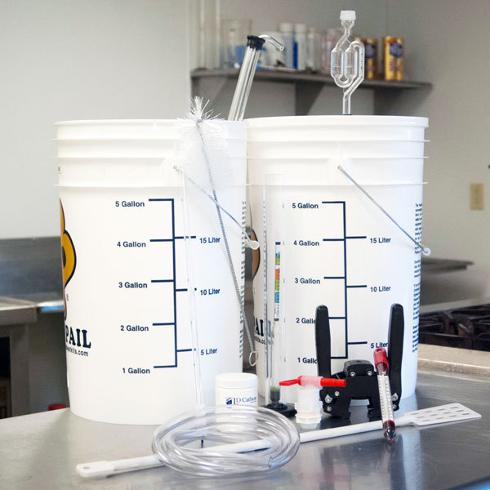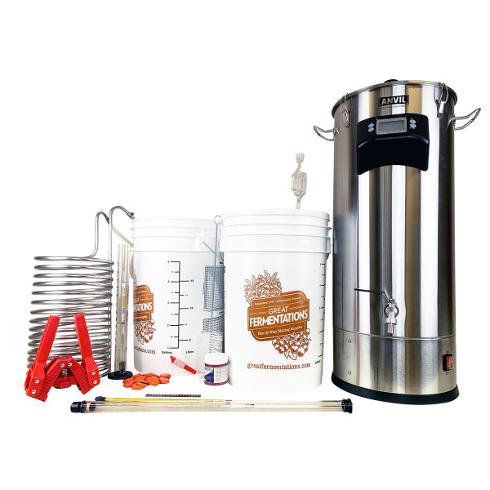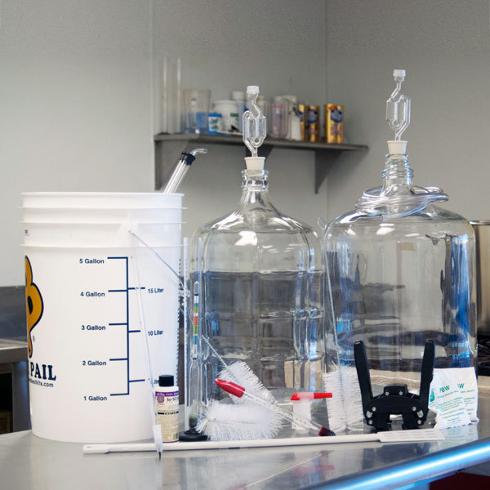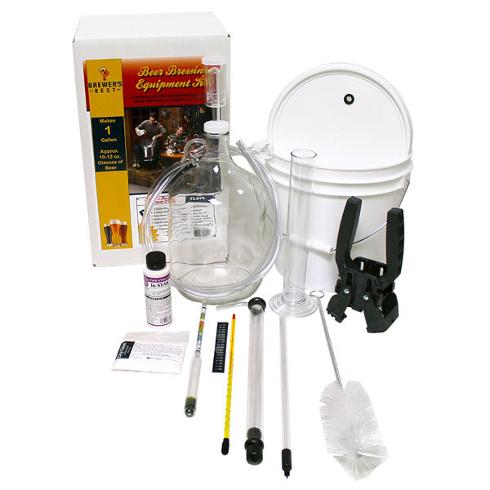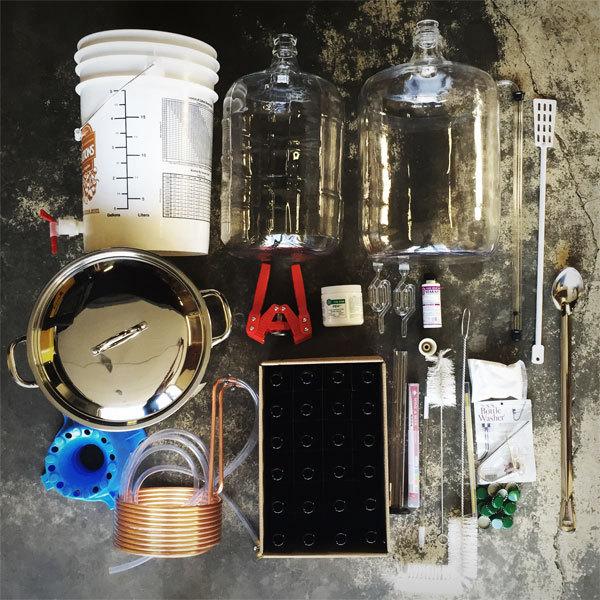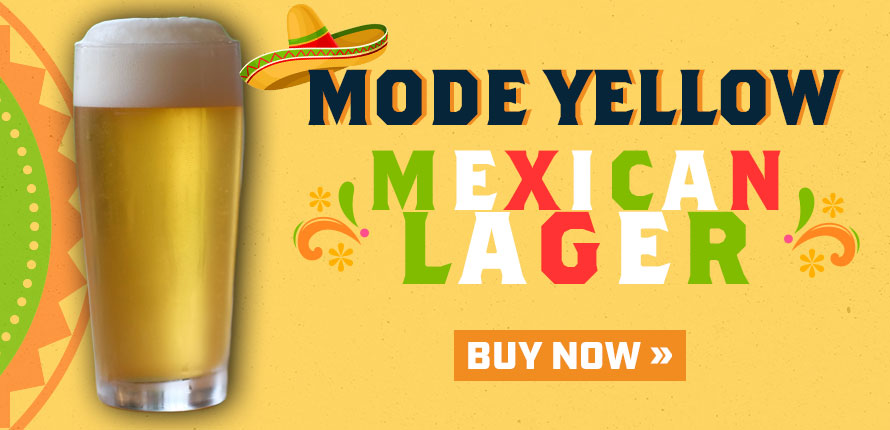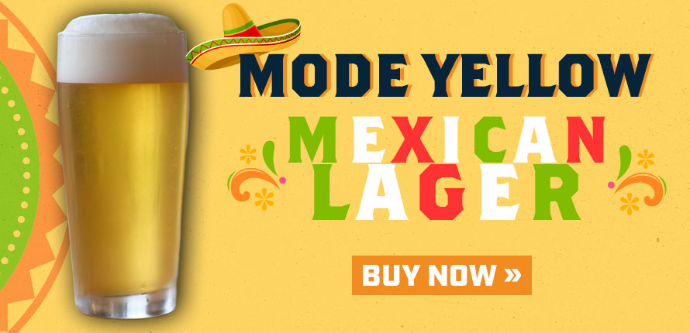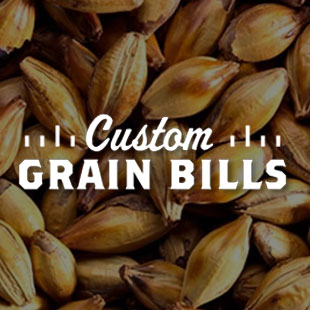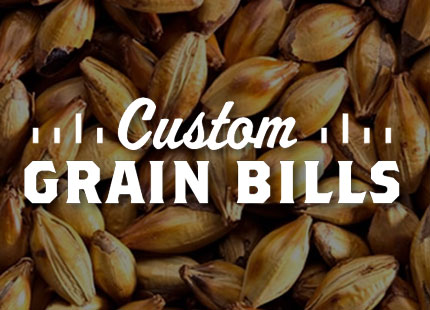SHOP BY CATEGORY
NEWEST PRODUCTS
TOP BRANDS
ABOUT GREAT FERMENTATIONS
Great Fermentations is a home beer and wine making supply shop based out of Indiana (the Hoosier state!). We’ve got a large selection of the finest and freshest ingredients, and all the equipment you’ll need to make a great fermentation. Whether you’re a beginner looking to learn about making your own beer or wine, or a seasoned veteran, we’ve got what you need to help you and your craft.
We’ve been in business for over 20 years, and we’re passionate about what we do. Our mission is to spread that passion. So, shop online or visit us in person. Friendly and knowledgeable staff is available 7-days a week to answer any questions, so just give us a call. We’re here to help you Craft Something Great!




